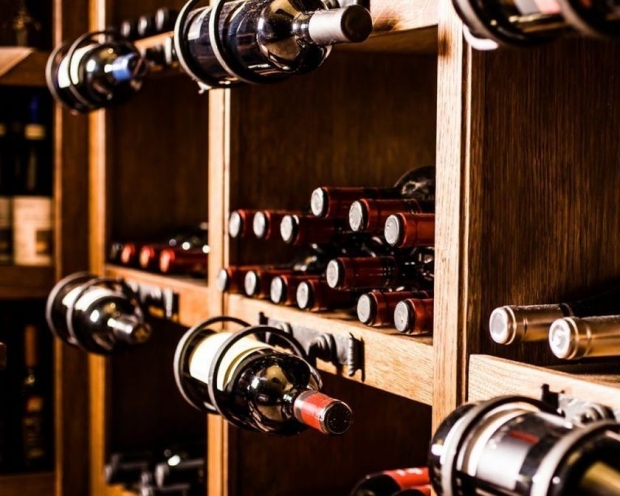Wine Meridian Magazine
What is the main suggestion you can give to Italian wine producers to convey and sell their products in Canada?
Liz Palmer
First you need to know that Provincial Liquor Boards control the import, sale and distribution of wine and spirits in Canada. Here is a list of these monopolies:
¥ Société des Alcools du Québec (SAQ)
¥ Liquor Control Board of Ontario (LCBO)
¥ British Columbia Liquor Distribution (BCLD)
¥ Alberta Gaming Liquor Commission (AGLC)
Quebec, Ontario, British Colombia and Alberta concentrate on most of the Canadian demand.
Secondly, you must choose an importer who is familiar with Italy, and your specific region.
Thirdly, find an agent who has had experience working with the various Canadian monopolies, especially the Ontario market.
Lastly, also look at choosing someone who is very interested in your products your business and family history.
Wine Meridian Magazine
What is the image of Italian wines in your country (Canada)?
Liz Palmer
Canadian consumers are then keen to taste new grapes varieties and styles, therefore the diversity of Italian wine becomes an advantage.
“Italy ranks #1 in wine sales in Canada followed by the US and then France. In 2014, Canada imported $425-million (CAD) worth of Italian wines. Québec is the largest consumer of Italian wines at 36 percent, followed closely by Ontario at 31 percent and Alberta and British Columbia account for 15 percent and 10 percent, respectively.”*
These figures speak for themselves – Italian wine has never been more relevant.
*Source: Statistics Canada
Wine Meridian Magazine
What do you think about the importance of media and press in the promotion of wine? Especially Italian wine.
Liz Palmer
It’s Important to continually receive regular ongoing coverage in targeted magazines, newspapers, online media and wine journalists.
There should also be a continued focus on educating media and journalists on the 20 wine-producing regions and 350+ varieties of domestic grapes. I think we will all learn a great deal more bout the regions and varieties when we are given more information to process.
In order to engage more in a global audience, the producers should make a special emphasis to include social media in their marketing strategy.
Wine Meridian Magazine
Most Italian wines are unknown because of their difficult designations. What do you think a clear message could be to raise awareness about Italian wines?
Liz Palmer
The best wines in the world (more specifically, Italy) come from specific varieties and places.
Wine Meridian Magazine
Positive points about Italian wines in Canada
Liz Palmer
Canadians have been loyal consumers of Italian wine products for decades. Canada currently ranks 5th in global market sales of Italian wines – these wines accommodate every taste and price range.
The Italian Trade Commission (ITC) does an excellent job in the promotion of Italian wines throughout Canada, as well as raising awareness through education with local wine writers, journalists, sommeliers, and trade.
Wine Meridian Magazine
What do you think about organic wine trend?
Liz Palmer
Not only do organic wines have the potential to be healthier for you, the environment, but they also have the added benefit of tasting just as good.
Here are three reasons why I believe this trend will continue:
Organic wines are produced with almost obsessive attention to detail and the often taste better;
The contain less or no chemicals; and
They are often more socially responsible.


![Canada at ProWein 2016 [30 and 50 Degrees North]](https://www.liz-palmer.com/wp-content/uploads/2016/02/Prowein-2016-1200x572.jpg)


